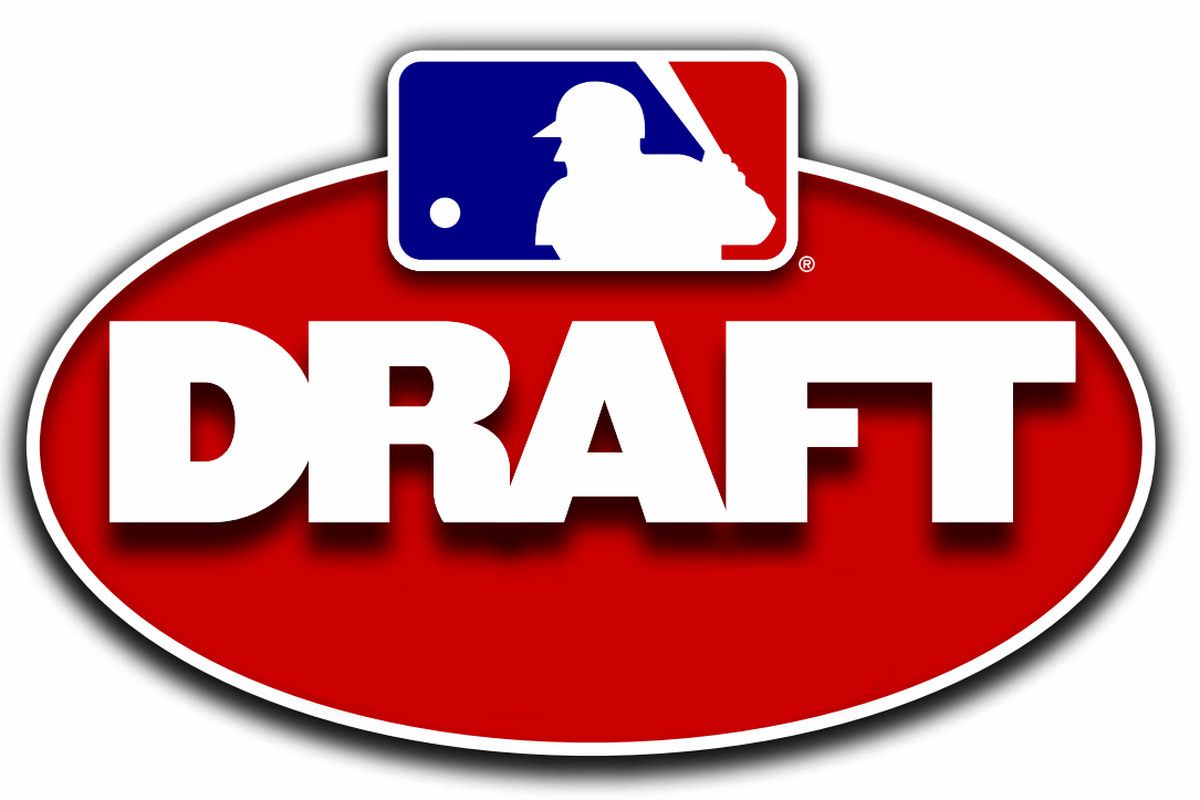
Gio Gonzalez wanted that All-Star nod in 2017 so he could pitch in front of his hometown fans in Miami last year. It did not happen even though Gio was putting together perhaps his best season in the Majors. He entered the All-Star break with a 2.86 ERA. While it looked like a snub, Gonzalez no longer is considered a power-pitcher which managers covet for All-Star rosters.
As good as Gio looked in the 1st half of the season, he fell apart in September with a 5.47 ERA. That poor finish by Gio Gonzalez not only killed his chance at making a Top-3 finish in the Cy Young voting — it unfortunately carried over to his two starts in the NLDS with that 6.75 ERA.
Gonzalez is an enigma like that candy bar covered in nuts. When times are good for Gio, it tastes so good — but too often it got nutty as Gio melted down in big situations stomping around the mound with frustration on his face. If you are new manager Dave Martinez, can you trust Gio in a big game?
“As you know, Gio had gone Game 5 a couple years ago, a few years ago, and didn’t do too well,” Nationals Manager Dusty Baker said before Game 5 of the NLDS. “So I’m sure redemption is on his mind, as well. All those factors went into choosing today’s starter.”
While we suggested a sell-high trade on Gio Gonzalez this off-season, there was always the issue of who would replace him on the roster. He is still on the Nats roster as expected. He is also set to be a free agent after the season. Gonzalez had a 4.57 ERA in 2016 and saw his FIP rise last year to 3.93 last year which could spell trouble. The 32-year-old pitched over 200 innings for the first time in his career in the National League last year. He continues to show his dependability although never considered a workhorse.
With that said, Gio led the NL in most pitches thrown at 3,364. Is that a good list to lead? Probably not, but better than his teammate Tanner Roark who led in most pitches per inning at 17.7. Yes, Gonzalez was more efficient than Roark and it was a big negative for both pitchers last year. Gonzalez pitched 1.2 more pitches per inning than Max Scherzer. Those pitches add up over a game, and certainly like an odometer over a whole season.
So which Gio Gonzalez steps forward in 2018? Also, what went wrong in September last year? Those are two tough questions. Gonzalez is projected at a poor 4.16 ERA on FanGraphs. We hope that isn’t the case and Gio is closer to the 3.49 ERA he has averaged in his Nationals career. As to what went wrong with Gonzalez, it could all go back to when Gio threw a career high 121 pitches on August 20th. His 2.39 ERA at that point in time had him looking like a Cy Young. After that, his season seemed to spin out of control as we aforementioned with that poor finish to his season. Gonzalez gave up 5 or more runs 3 times after that to finish his season. There were some good ERA starts, but they required “Houdini acts” many times to escape the handcuffs he put himself in. There were some 30+ pitch innings scattered in there, and too many signs of frustration.
Pitchers arms have limits. Those 3,364 regular season pitches took its toll. That 121 pitches in a fairly meaningless late August game probably didn’t help that left arm. Maybe the simple answer is that Gio’s left arm hit the proverbial wall where fatigue set in. Or, it could have just been a turn to bad luck. In the end, Gio Gonzalez probably knows what went right and wrong, and he is not going to tell you or me his theory of relativity.
When we look back on Gio’s season, it could all be seen as the 198 ball/strike counts at 3-2 leading to the inefficiencies. Or, it could be the 179 times he had 0-2 counts in which he threw 97 balls on the next pitch. Compare that to 117 full counts that Max Scherzer had and the 278 times Scherzer had 0-2 counts and only threw a ball on the next pitch 42% of the time.
The enigma continues as the underlying stats such was WHIP (walk and hits per inning pitched) was a very good 1.179 while leading the NL in most walks at 79. How can that be? Well, Gio only gave up 158 hits. Gonzalez also led the league in stranding runners in scoring position holding batters to a .175 batting average. At one point in the season, Gio was at .056. His FIP (fielding independent pitching) in 2015 and 2016 showed that maybe Gio was unlucky, and last year flipped the switch to show maybe he was extremely lucky.
Gio Gonzalez often made his own luck with multiple escapes from danger with 165 batters seeing runners in scoring position (RISP) and that is where Gio shined in allowing only 38 runs. In the NLDS, the wheels came off the bus quickly as he lasted 3 innings walking 4 batters and had 2 wild pitches and allowed the 4-1 lead he was spotted to go to 4-3 when he was pulled.
For now, much hope centers on Gio Gonzalez to help his team in 2018 win and take them into the post-season. Gonzalez will have his 3rd pitching coach in his 7 seasons with the Nationals as Derek Lilliquist will see what he can do with Gio G. We will be watching.









